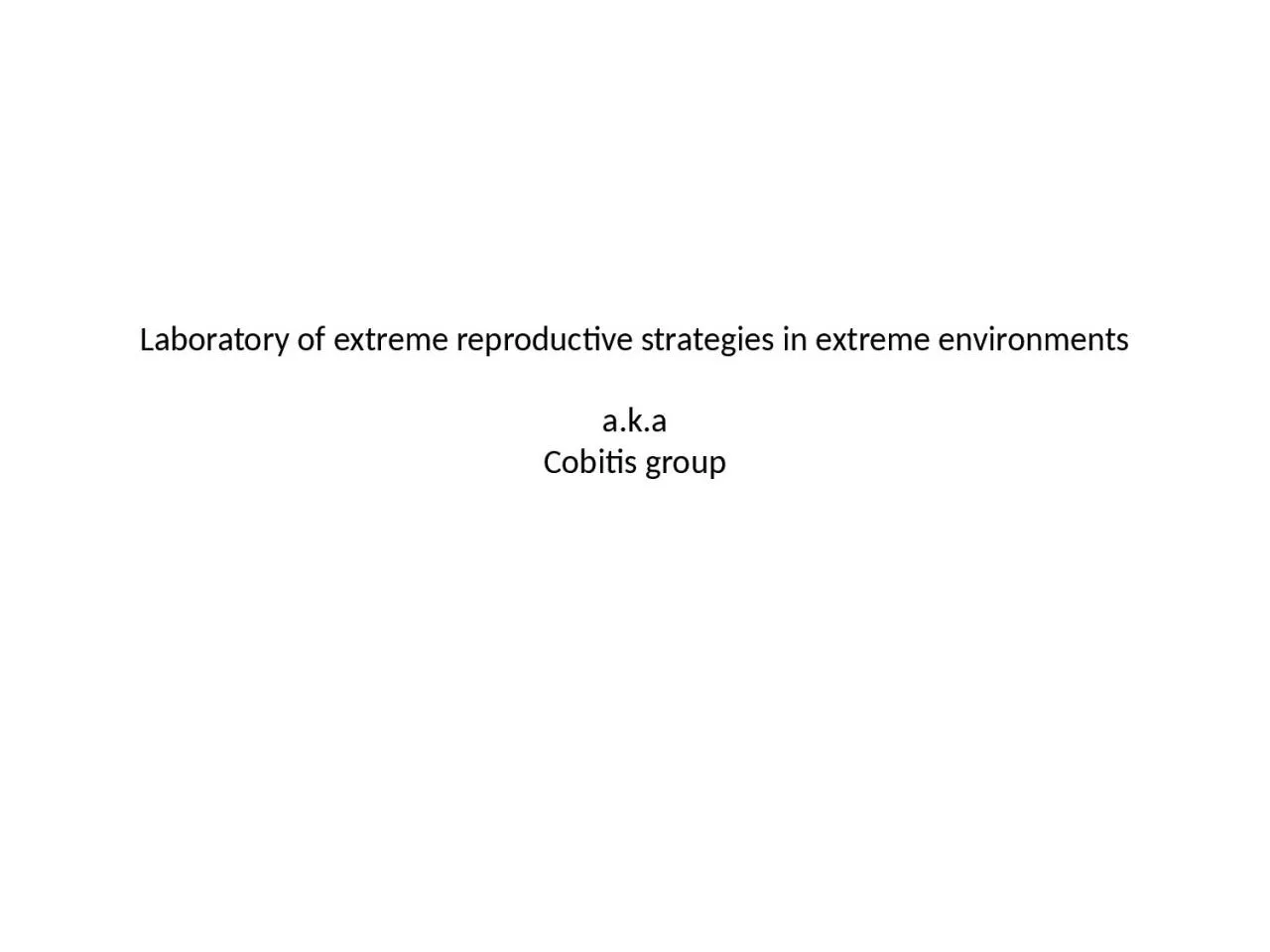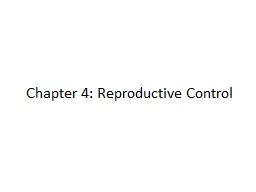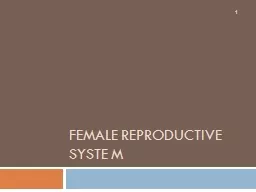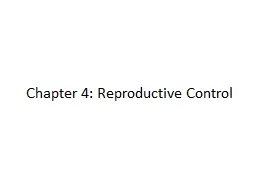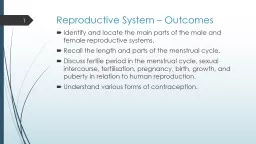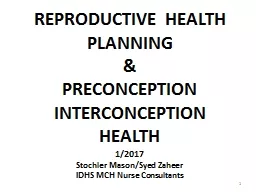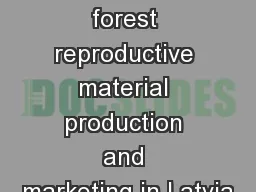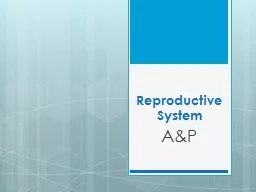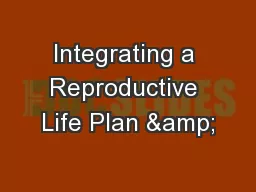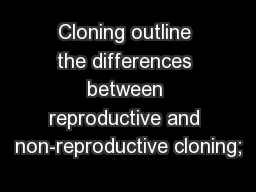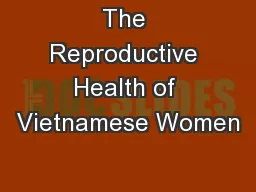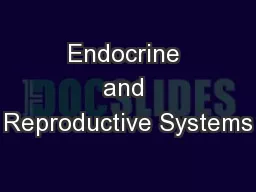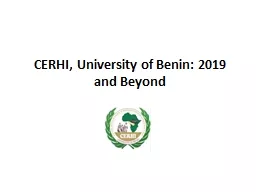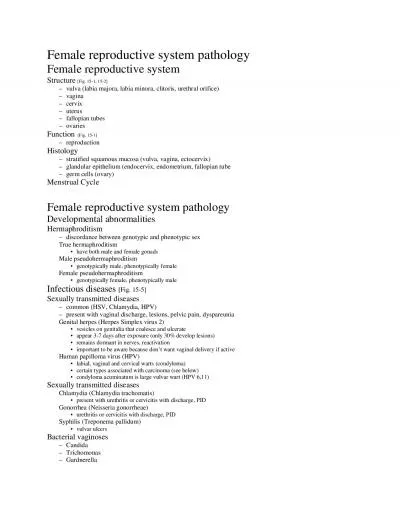PPT-Laboratory of extreme reproductive strategies in extreme
Author : caitlin | Published Date : 2024-01-03
environments aka Cobitis group Research aims Multidisciplinary research intensive usage of natural models as suited alternative to classical model organisms Evolution
Presentation Embed Code
Download Presentation
Download Presentation The PPT/PDF document "Laboratory of extreme reproductive strat..." is the property of its rightful owner. Permission is granted to download and print the materials on this website for personal, non-commercial use only, and to display it on your personal computer provided you do not modify the materials and that you retain all copyright notices contained in the materials. By downloading content from our website, you accept the terms of this agreement.
Laboratory of extreme reproductive strategies in extreme: Transcript
Download Rules Of Document
"Laboratory of extreme reproductive strategies in extreme"The content belongs to its owner. You may download and print it for personal use, without modification, and keep all copyright notices. By downloading, you agree to these terms.
Related Documents

